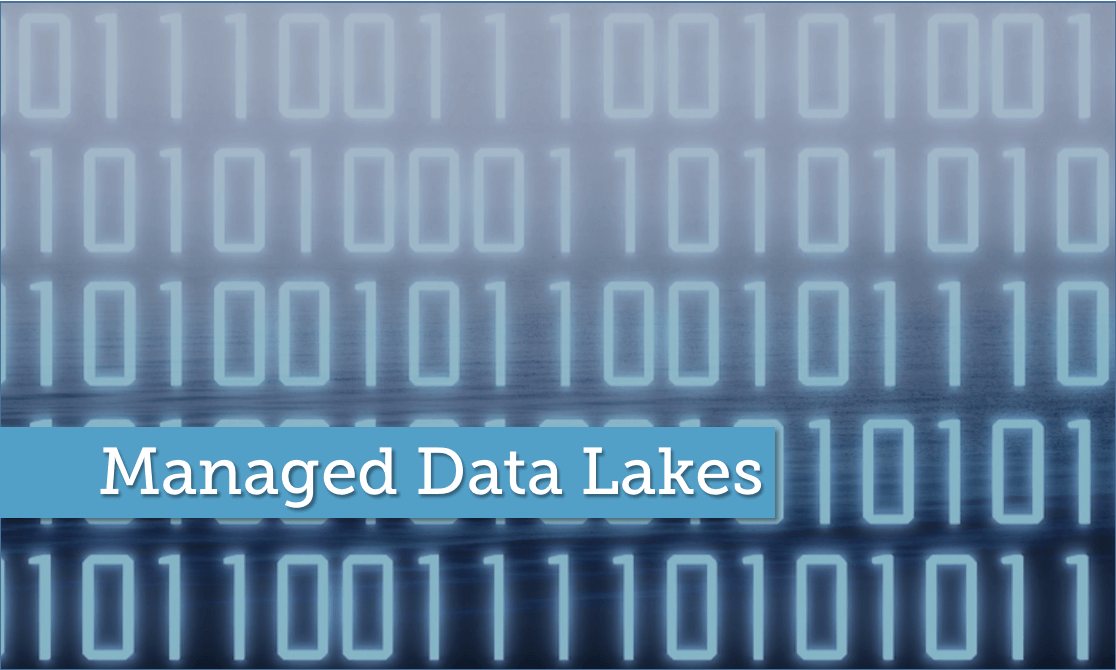A strong data governance framework is central to successful data governance implementation in any data-driven organization because it ensures that data is properly maintained, protected and maximized.
But despite this fact, enterprises often face push back when implementing a new data governance initiative or trying to mature an existing one.
Let’s assume you have some form of informal data governance operation with some strengths to build on and some weaknesses to correct. Some parts of the organization are engaged and behind the initiative, while others are skeptical about its relevance or benefits.
Some other common data governance implementation obstacles include:
- Questions about where to begin and how to prioritize which data streams to govern first
- Issues regarding data quality and ownership
- Concerns about data lineage
- Competing project and resources (time, people and funding)
By using a data governance framework, organizations can formalize their data governance implementation and subsequent adherence to. This addressess common concerns including data quality and data lineage, and provides a clear path to successful data governance implementation.
In this blog, we will cover three key steps to successful data governance implementation. We will also look into how we can expand the scope and depth of a data governance framework to ensure data governance standards remain high.
Data Governance Implementation in 3 Steps
When maturing or implementing data governance and/or a data governance framework, an accurate assessment of the ‘here and now’ is key. Then you can rethink the path forward, identifying any current policies or business processes that should be incorporated, being careful to avoid making the same mistakes of prior iterations.
With this in mind, here are three steps we recommend for implementing data governance and a data governance framework.
Step 1: Shift the culture toward data governance
Data governance isn’t something to set and forget; it’s a strategic approach that needs to evolve over time in response to new opportunities and challenges. Therefore, a successful data governance framework has to become part of the organization’s culture but such a shift requires listening – and remembering that it’s about people, empowerment and accountability.
In most cases, a new data governance framework requires people – those in IT and across the business, including risk management and information security – to change how they work. Any concerns they raise or recommendations they make should be considered. You can encourage feedback through surveys, workshops and open dialog.
Once input has been discussed and plan agreed upon, it is critical to update roles and responsibilities, provide training and ensure ongoing communication. Many organizations now have internal certifications for different data governance roles who wear these badges with pride.
A top-down management approach will get a data governance initiative off the ground, but only bottom-up cultural adoption will carry it out.
Step 2: Refine the data governance framework
The right capabilities and tools are important for fueling an accurate, real-time data pipeline and governing it for maximum security, quality and value. For example:
Data cataloging – Organization’s implementing a data governance framework will benefit from automated metadata harvesting, data mapping, code generation and data lineage with reference data management, lifecycle management and data quality. With these capabilities, you can efficiently integrate and activate enterprise data within a single, unified catalog in accordance with business requirements.
Data literacy – Being able to discover what data is available and understand what it means in common, standardized terms is important because data elements may mean different things to different parts of the organization. A business glossary answers this need, as does the ability for stakeholders to view data relevant to their roles and understand it within a business context through a role-based portal.
Such tools are further enhanced if they can be integrated across data and business architectures and when they promote self-service and collaboration, which also are important to the cultural shift.
Step 3: Prioritize then scale the data governance framework
Because data governance is on-going, it’s important to prioritize the initial areas of focus and scale from there. Organizations that start with 30 to 50 data items are generally more successful than those that attempt more than 1,000 in the early stages.
Find some representative (familiar) data items and create examples for data ownership, quality, lineage and definition so stakeholders can see real examples of the data governance framework in action. For example:
- Data ownership model showing a data item, its definition, producers, consumers, stewards and quality rules (for profiling)
- Workflow showing the creation, enrichment and approval of the above data item to demonstrate collaboration
Whether your organization is just adopting data governance or the goal is to refine an existing data governance framework, the erwin DG RediChek will provide helpful insights to guide you in the journey.




